May 18, 2021
The Railroad Act of 1862 set starting points, financial incentives, and building expectations for the railroad that was to join the east and west coasts of the United States. The completed railroad would reduce travel time–by wagon across the U.S. plains or by ship around Cape Horn–from four to six months to two weeks. Congress chartered the Central Pacific Railroad to begin at Sacramento, CA and the Union Pacific Railroad to begin at Omaha, NE to complete the task, agreeing to pay between $16,000 and $48,000 per mile. In addition, the railroads were given 20 land sections (square miles) for each mile completed.
First, the path of the railroad was selected by surveyors working several hundred miles ahead of the grade builders. Next, crews prepared the roadbed, building trestles, blasting cuts and tunnels, and filling gaps, so that the elevation of the bed changed no more than 2% or 116 feet per mile. Through the Sierra-Nevada mountains, progress in tunnels was a little as eight inches per day. Finally, the track-layers followed with ties, rails, and spikes. Construction of one mile of railroad required eight flatcars of materials. For the Central Pacific, these materials, from locomotives to spikes, had to be shipped 15,000 miles around Cape Horn.
Workers were hard to come by for both railroads, especially before the Civil War ended in 1865. Central Pacific crews were made up of Chinese immigrants and Union Pacific crews were made of Irish, German and Italian immigrants, Native Americans, former slaves, and Civil War veterans. Once the builders reached Utah, Mormon laborers joined crews for both railroads.
By April 1869 the track was nearly completed. The railroads, however, had no incentive to stop building and constructed duplicate track for about 200 miles. Finally, Promontory Summit near Brigham City was chosen as the joining location and on May 10, 1869 spikes were driven to create the transcontinental railroad.
Here are some favorite photos from our visit.
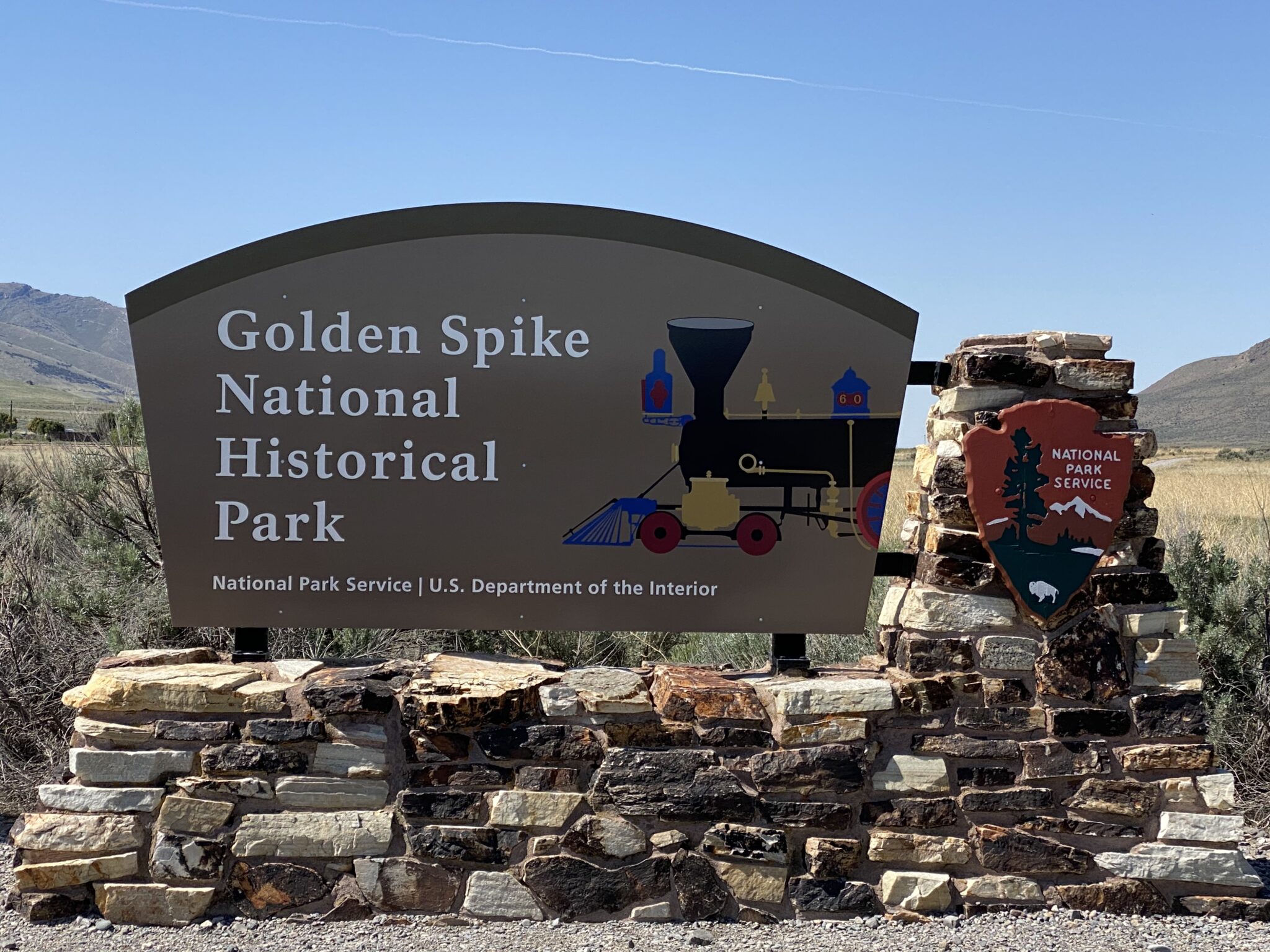
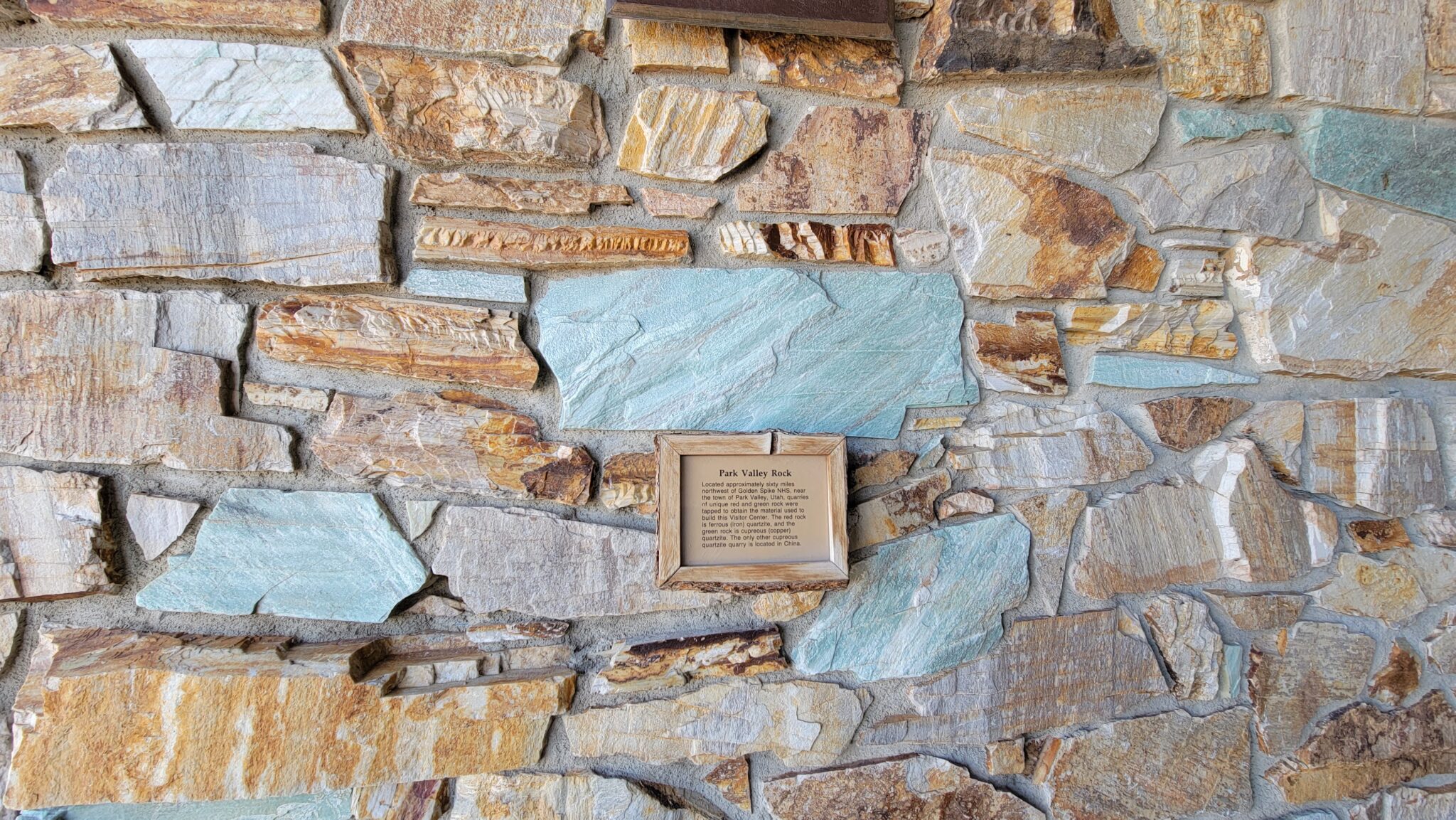
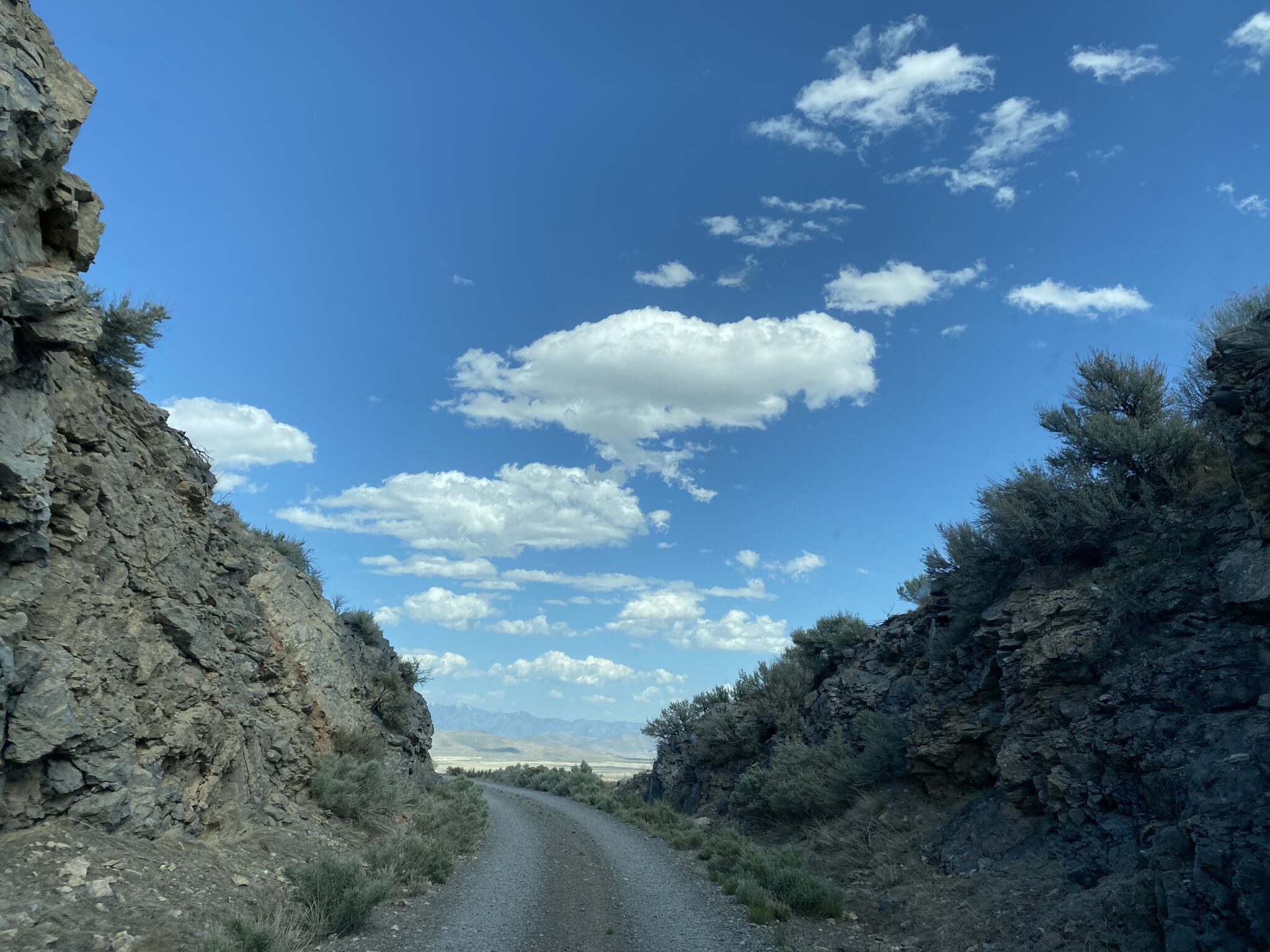
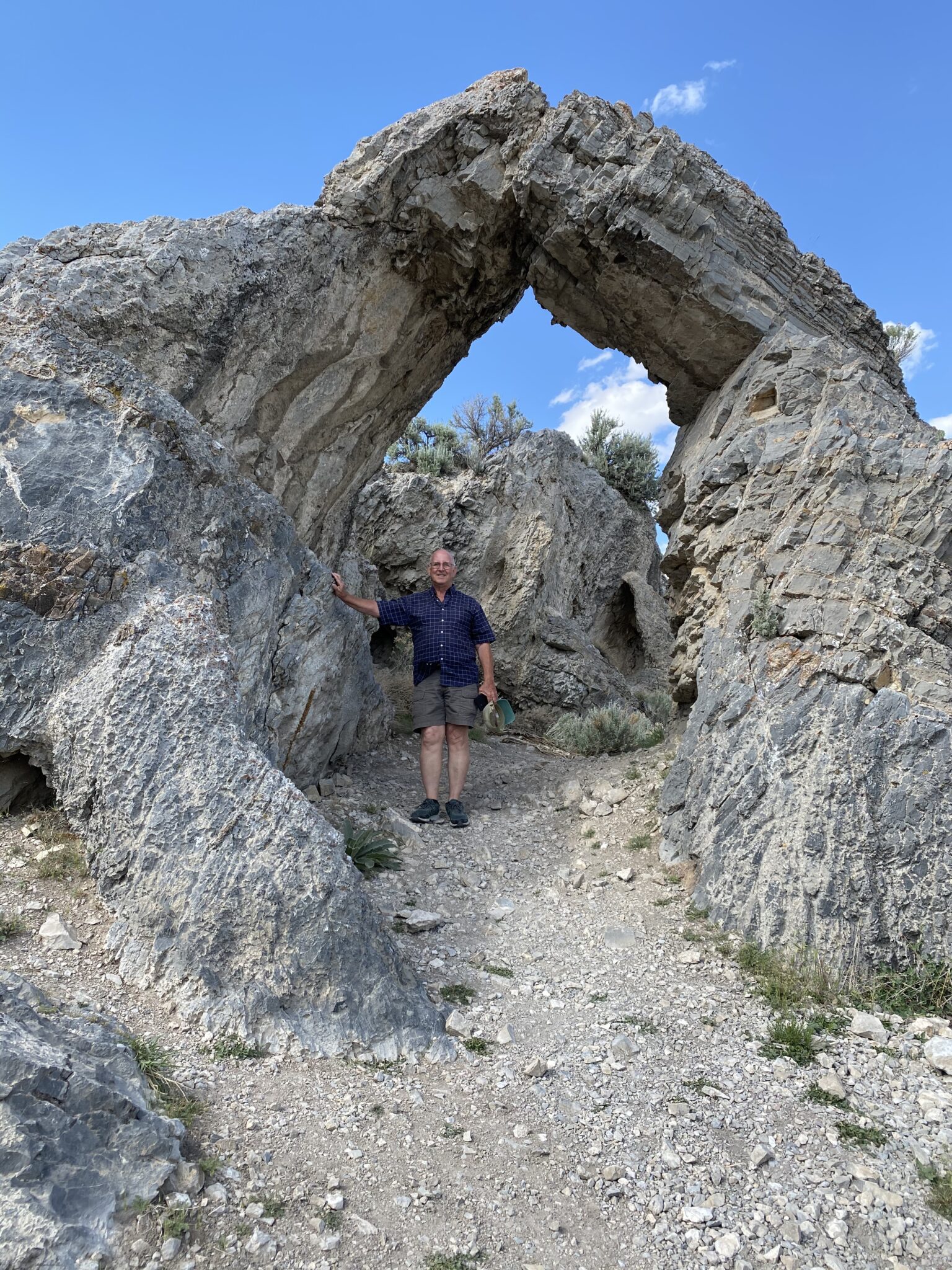
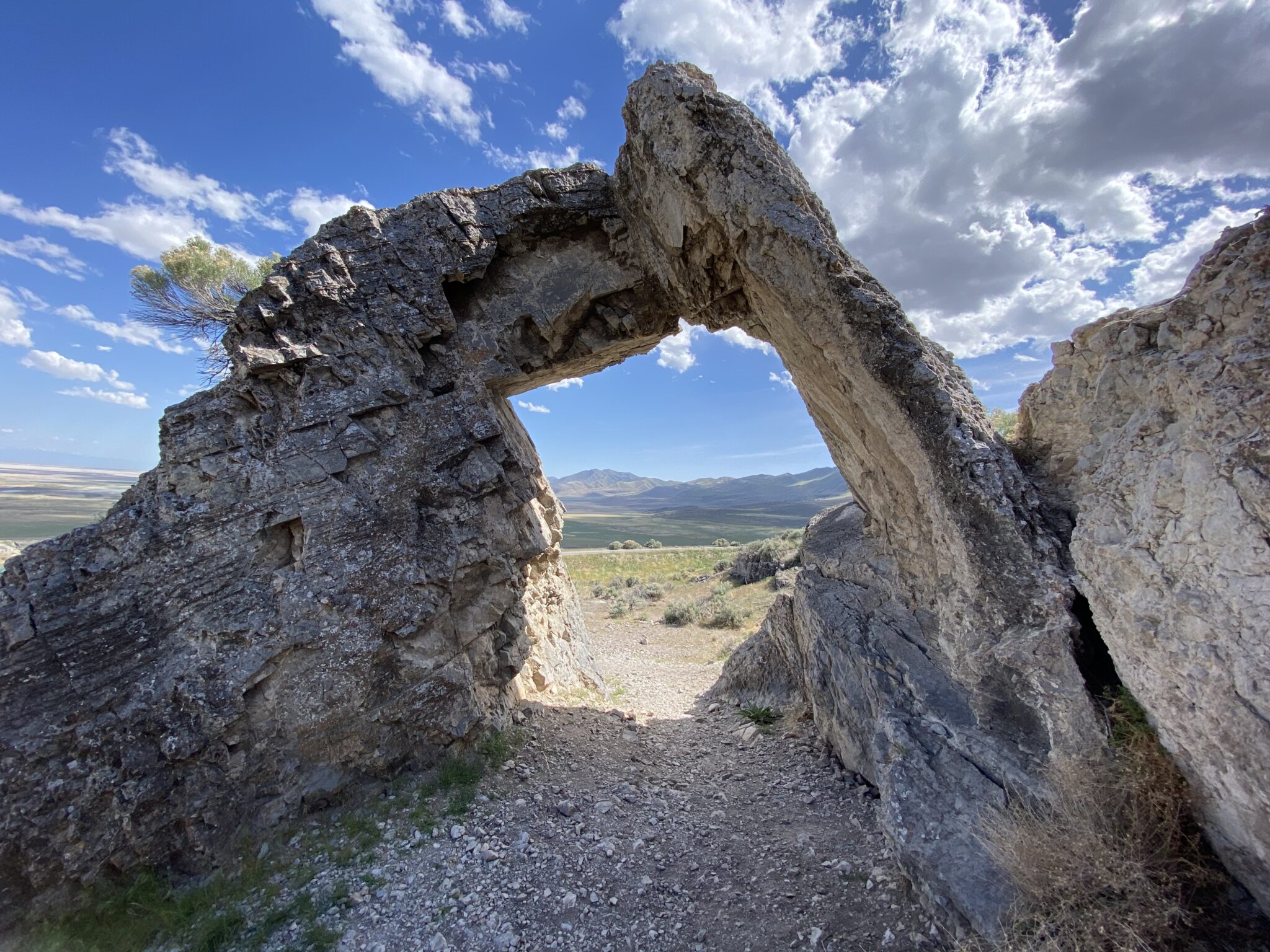
Two locomotives, the Central Pacific’s Jupiter and the Union Pacific’s No. 119, met for the celebration of the completion of the railroad at promontory point. Two replicas built in 1979 give visitors a chance to see what those engines were like.
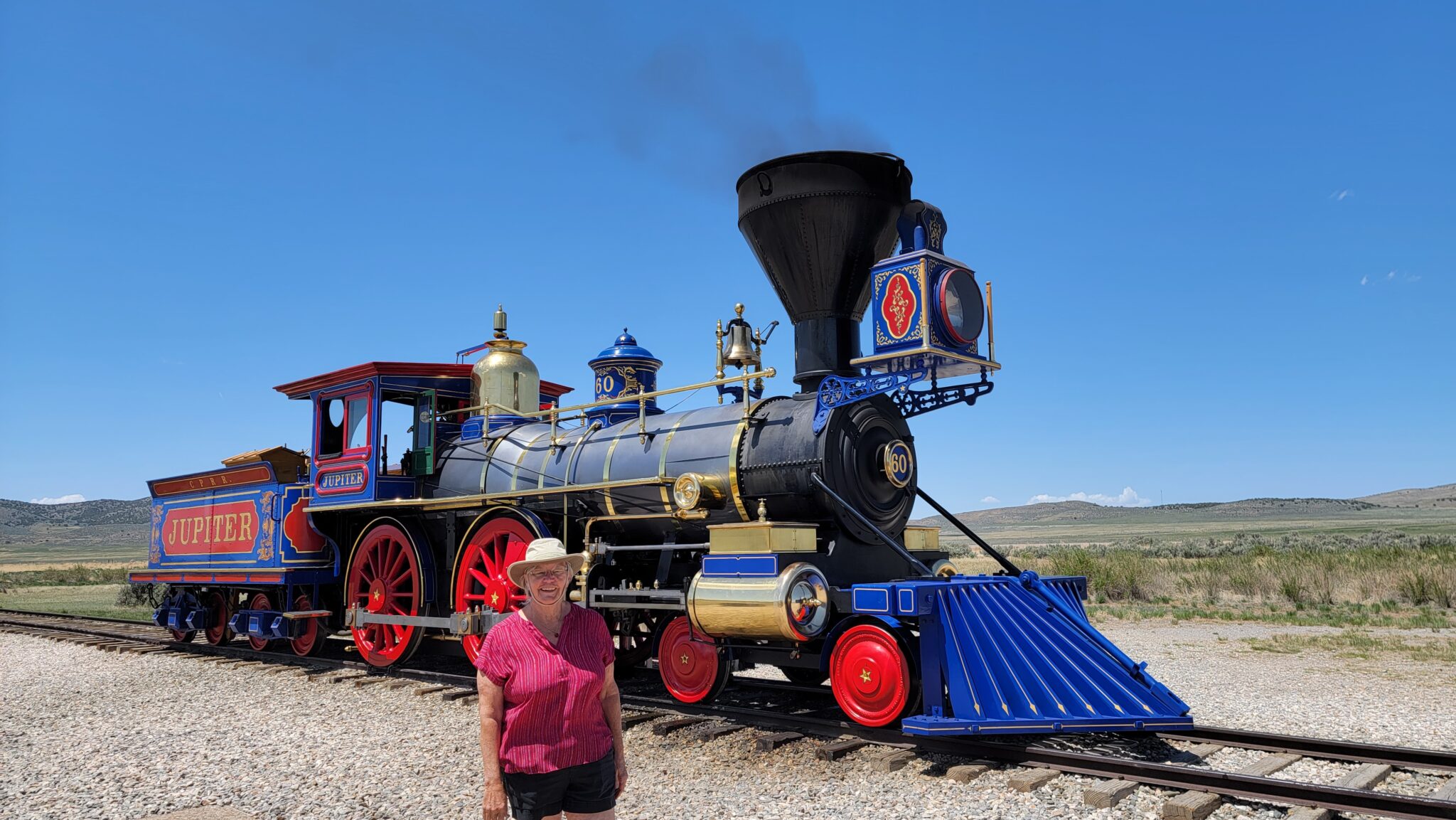
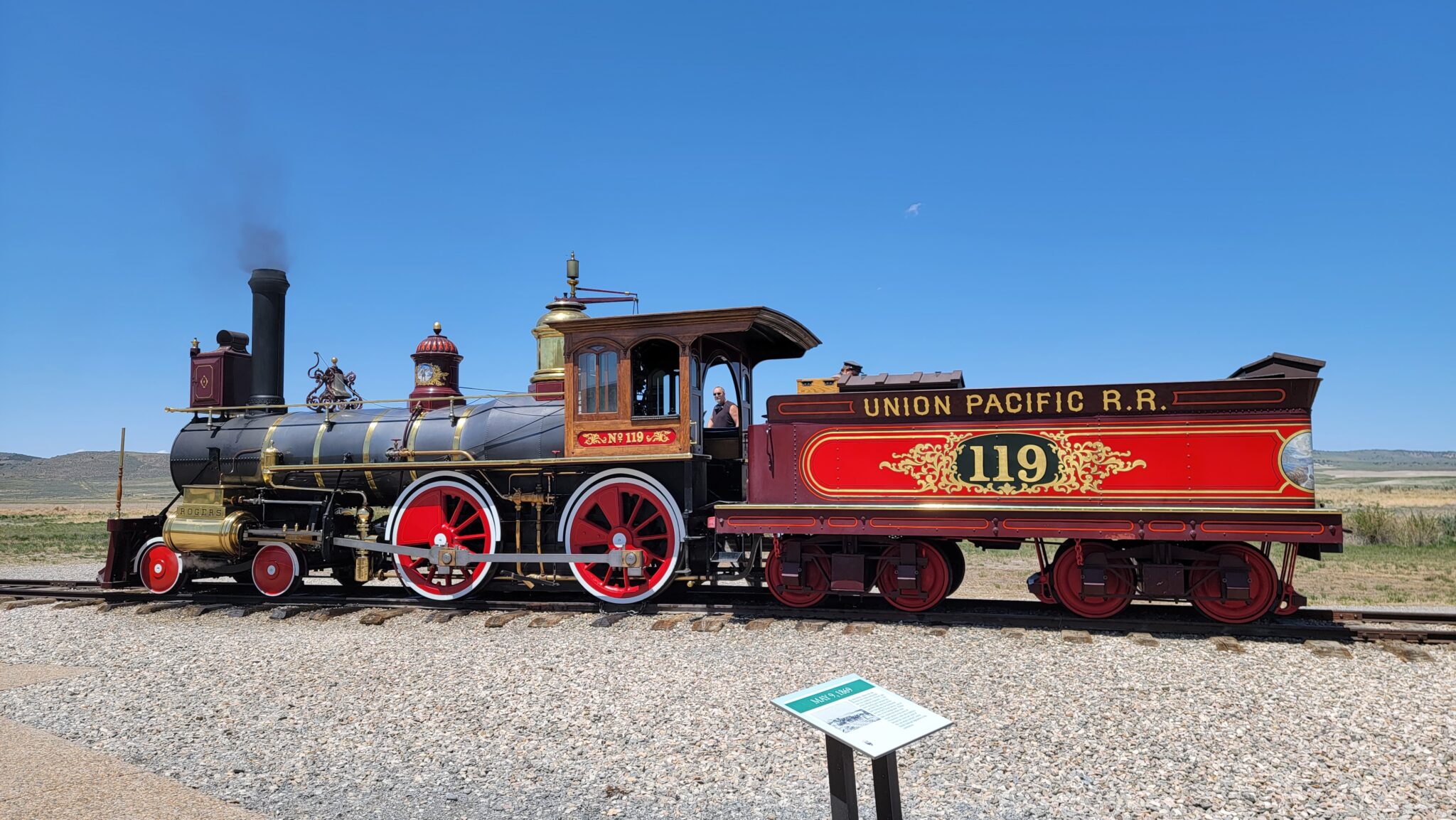
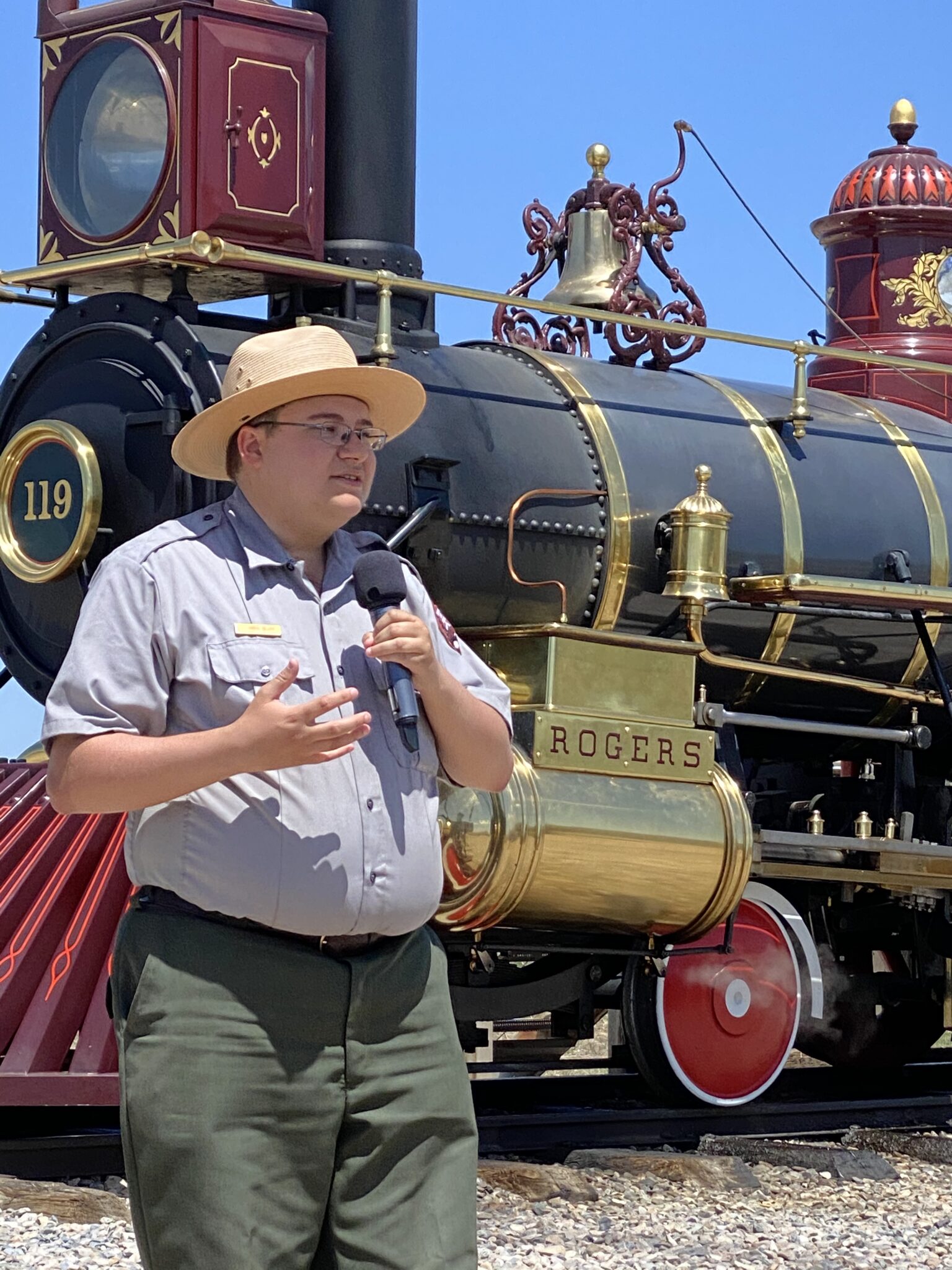
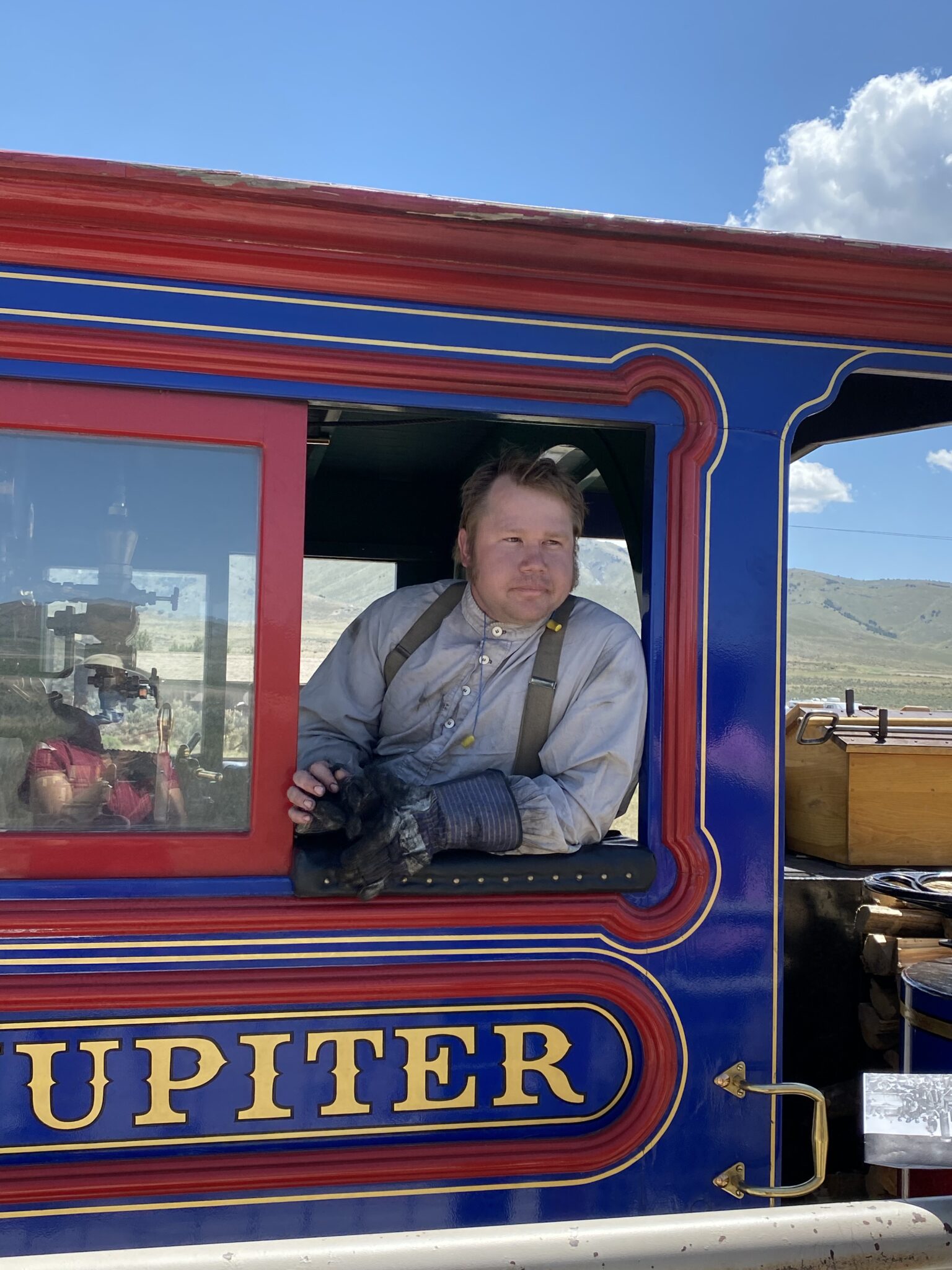
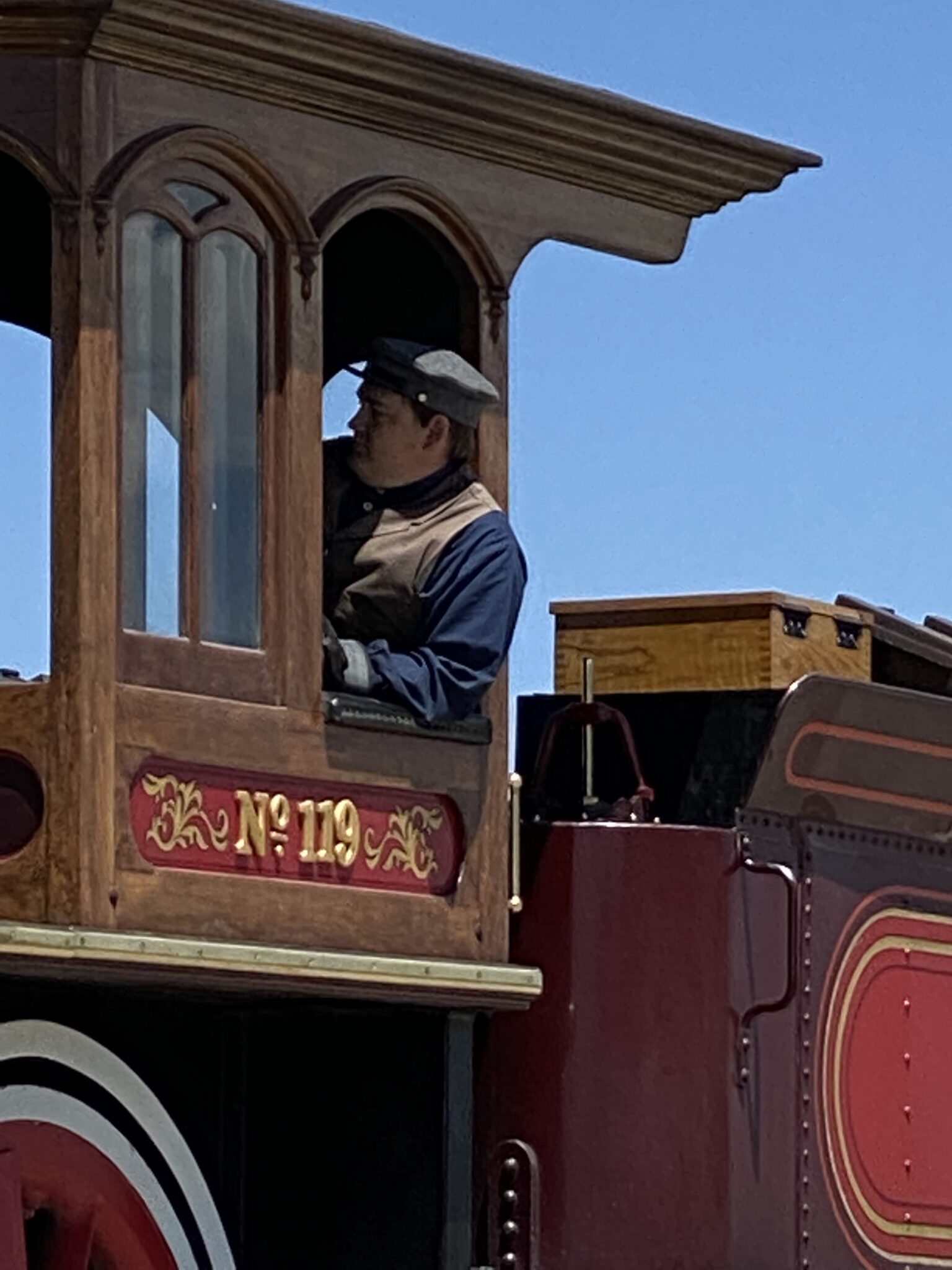
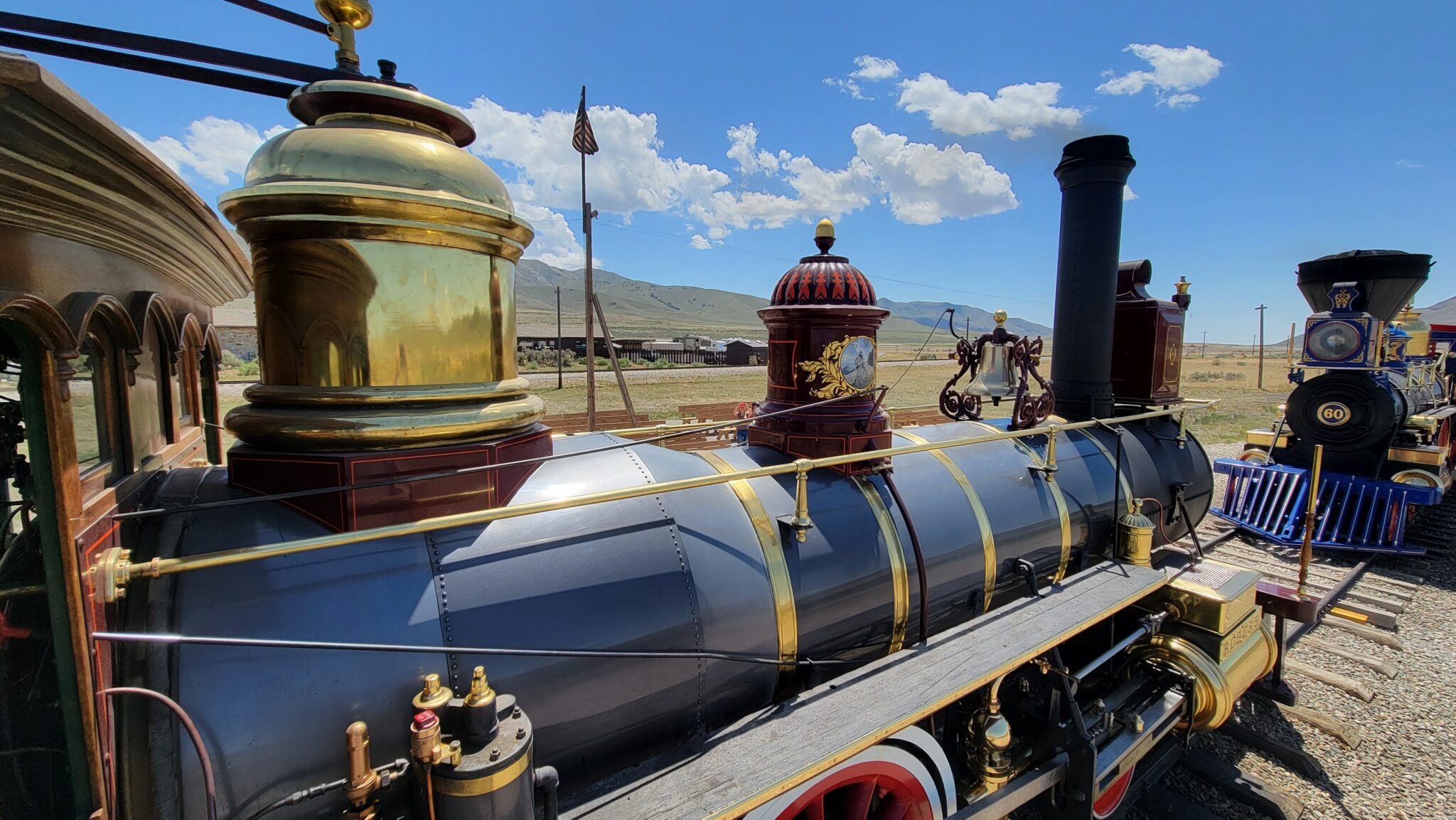
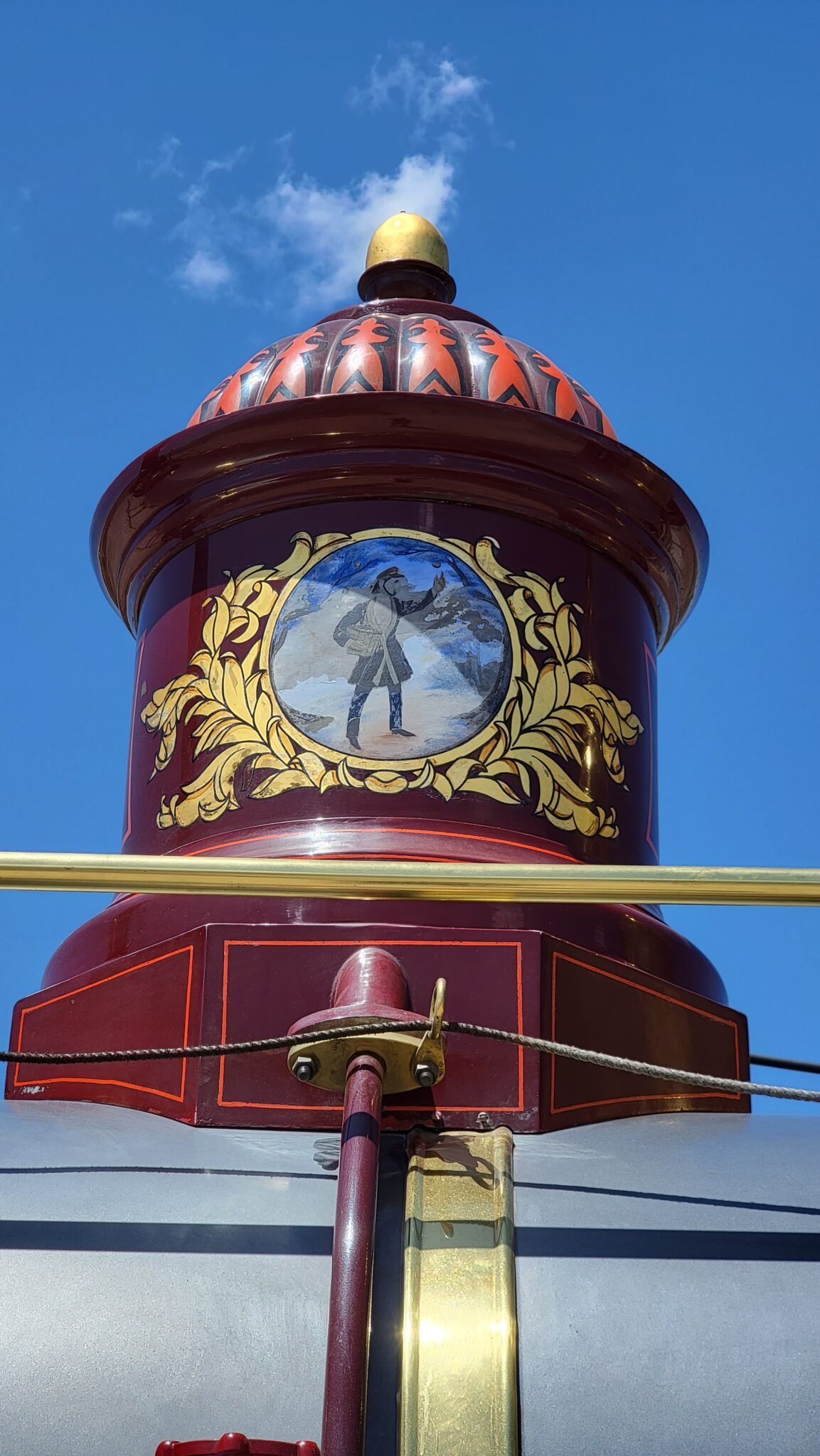
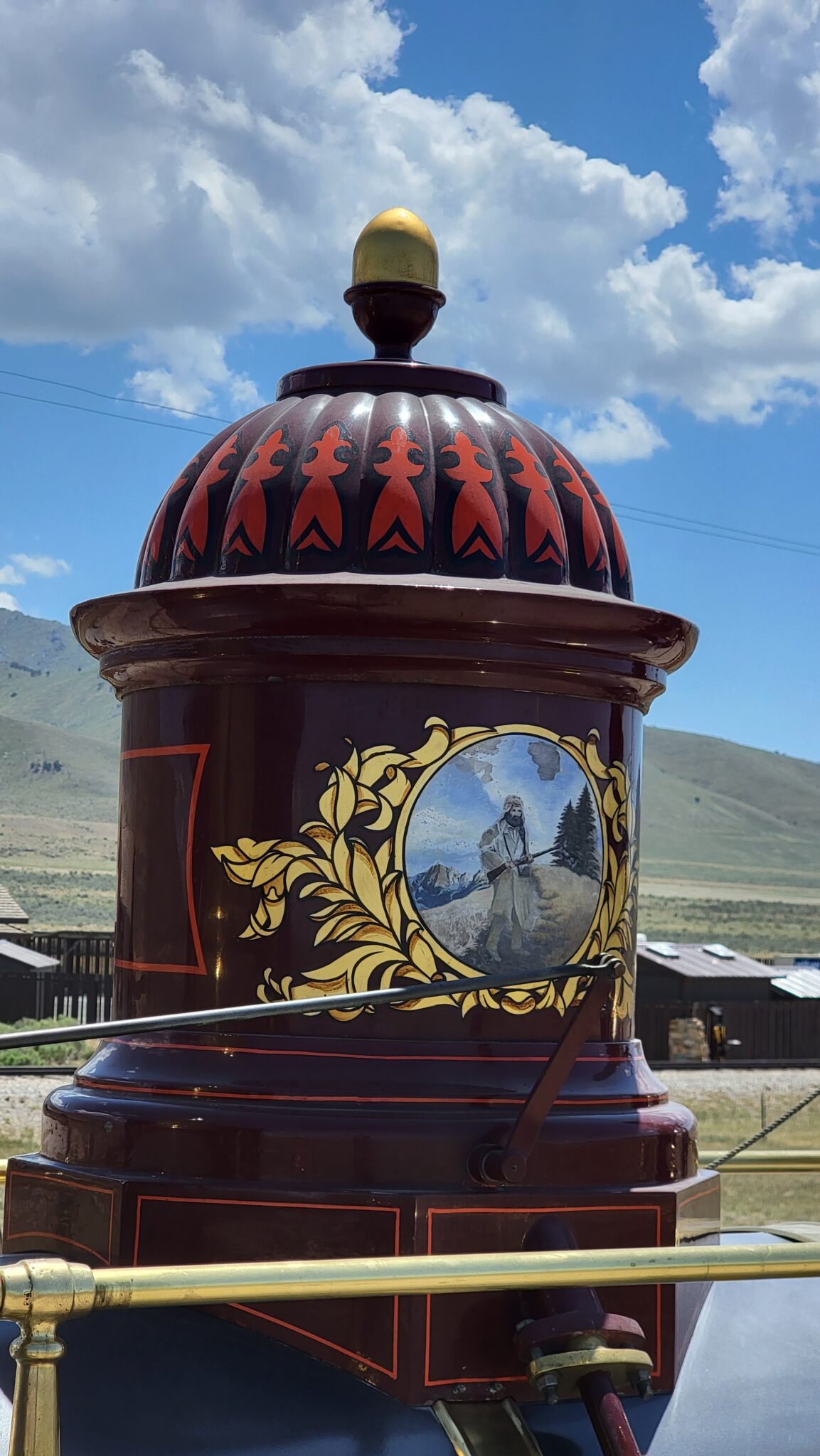
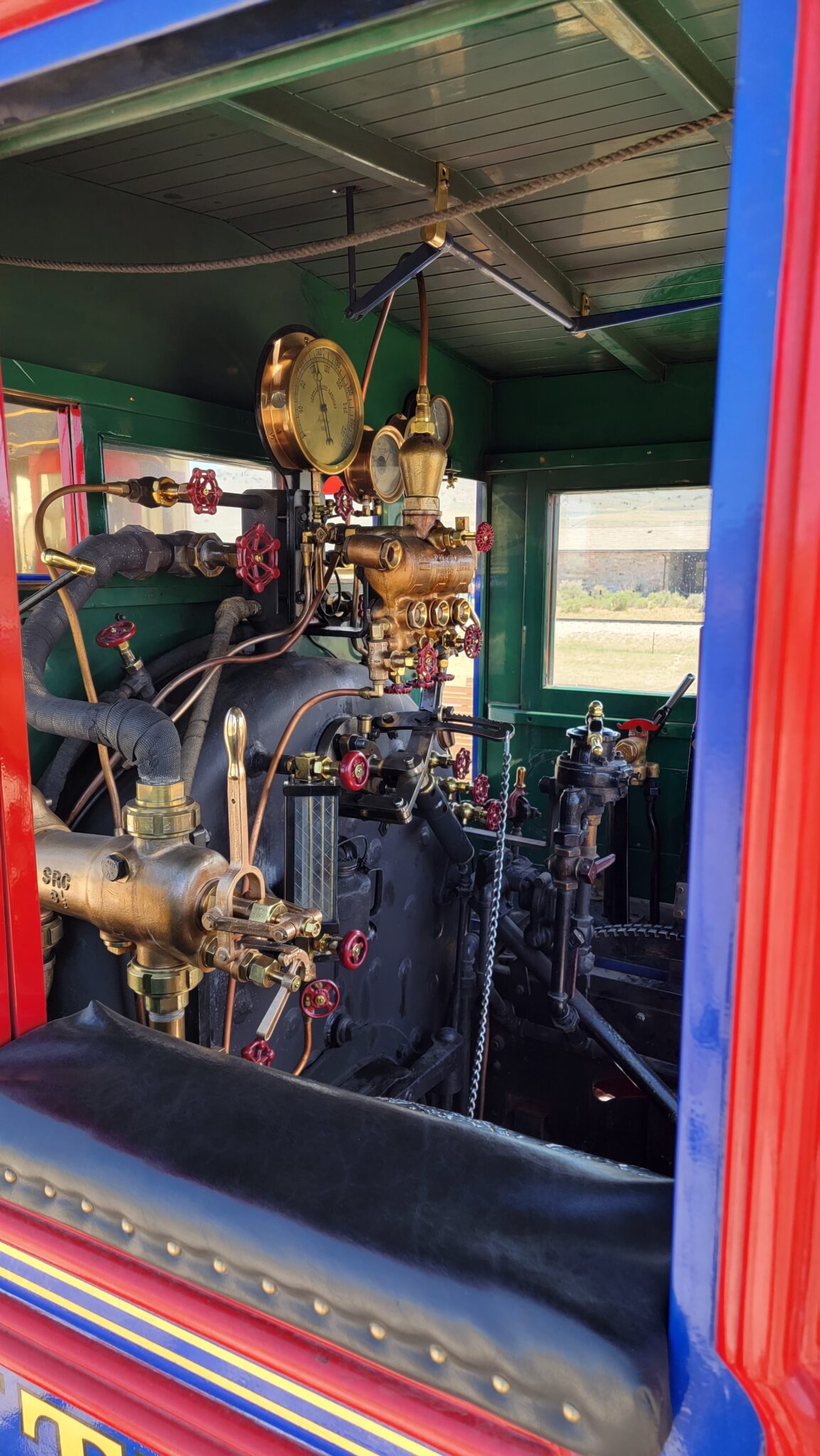
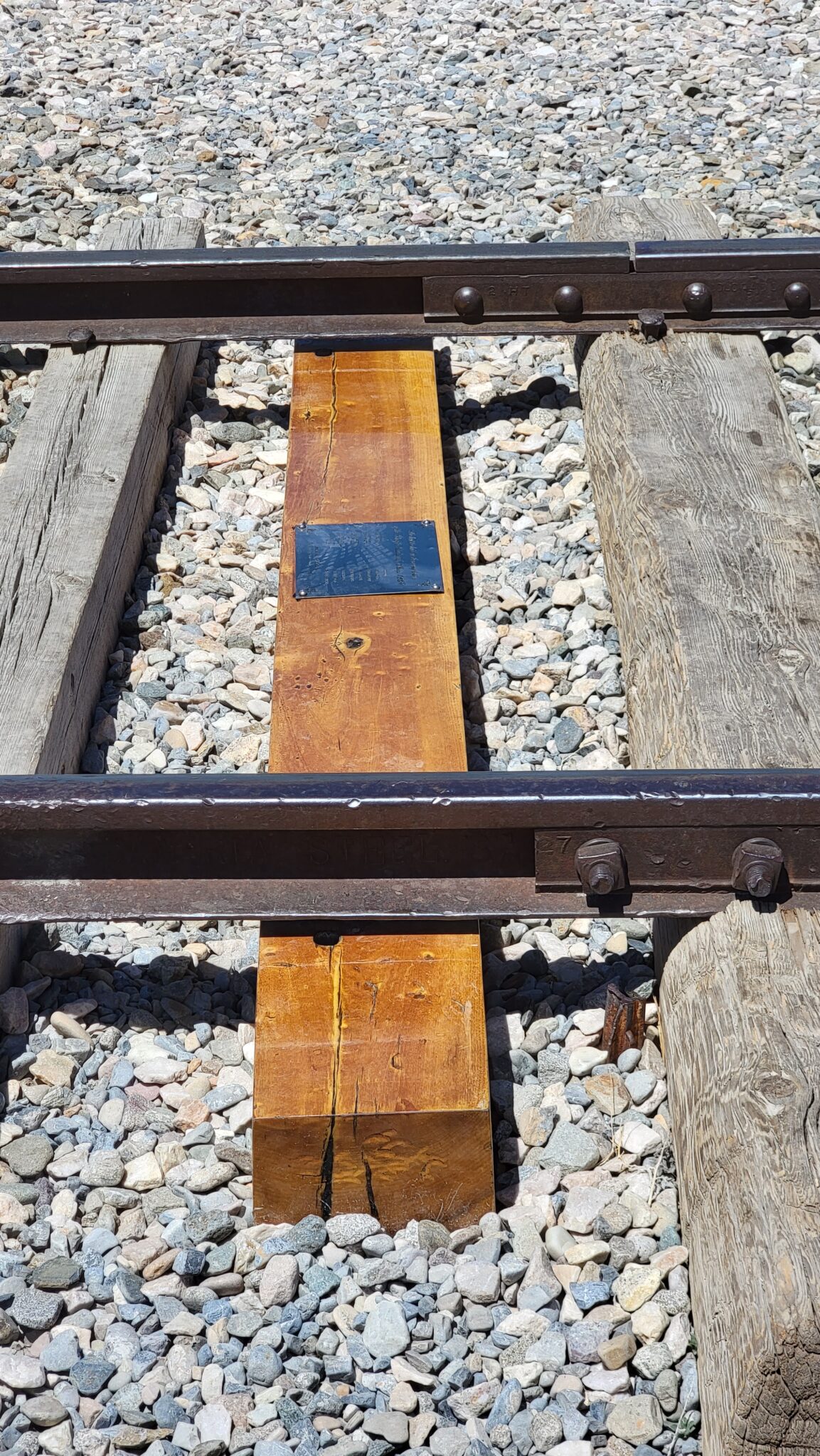
Spiral Jetty
We saw signs at the Visitor Center about Spiral Jetty and set off down the 15-mile gravel road to find out more. A quick check on line revealed that Spiral Jetty is an earthwork sculpture by American sculptor Robert Smithson. It was constructed in 1970 of mud, salt crystals, basalt rocks, and water. It is 1,500 feet long and 1,500 feet wide.
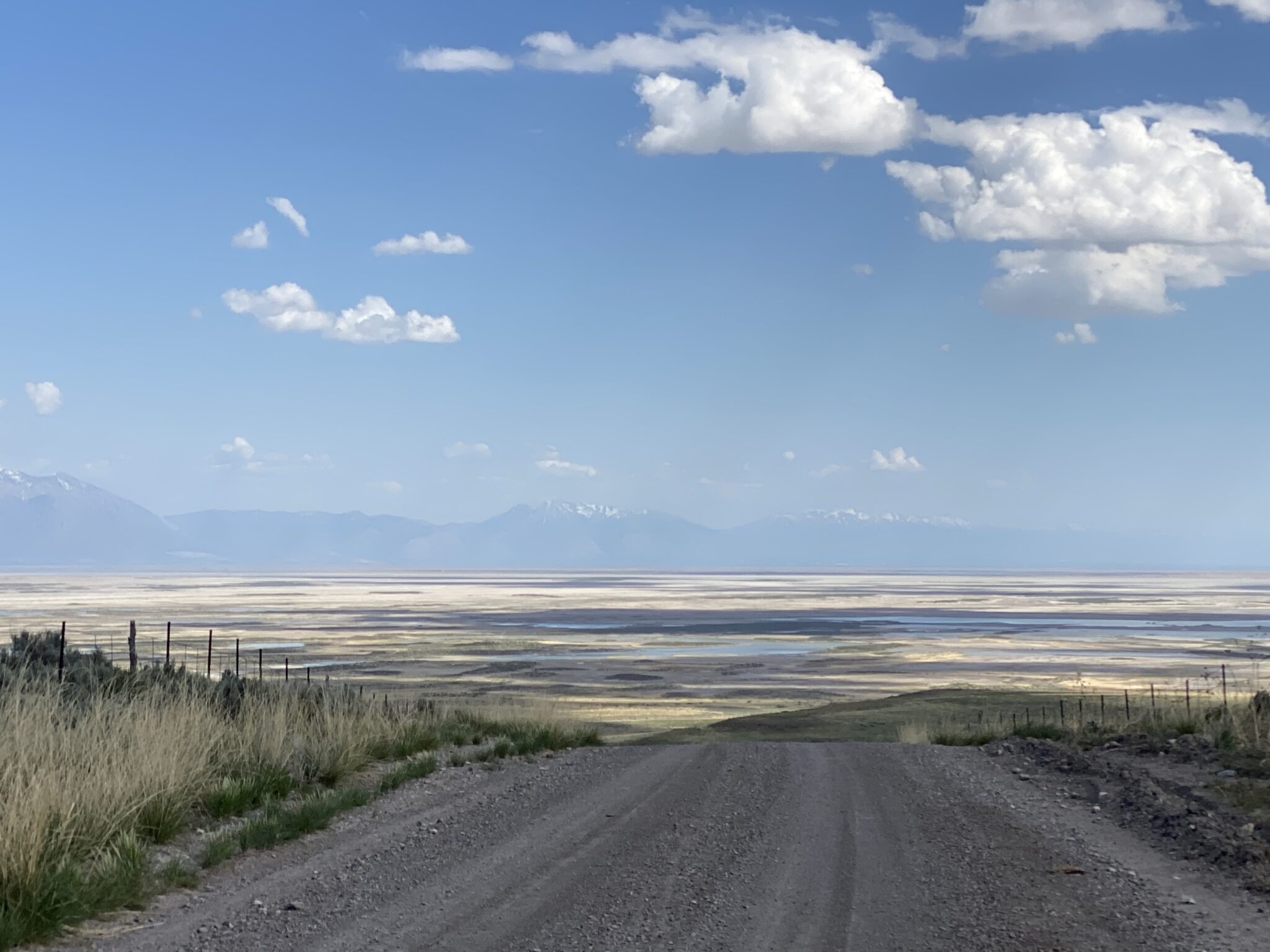
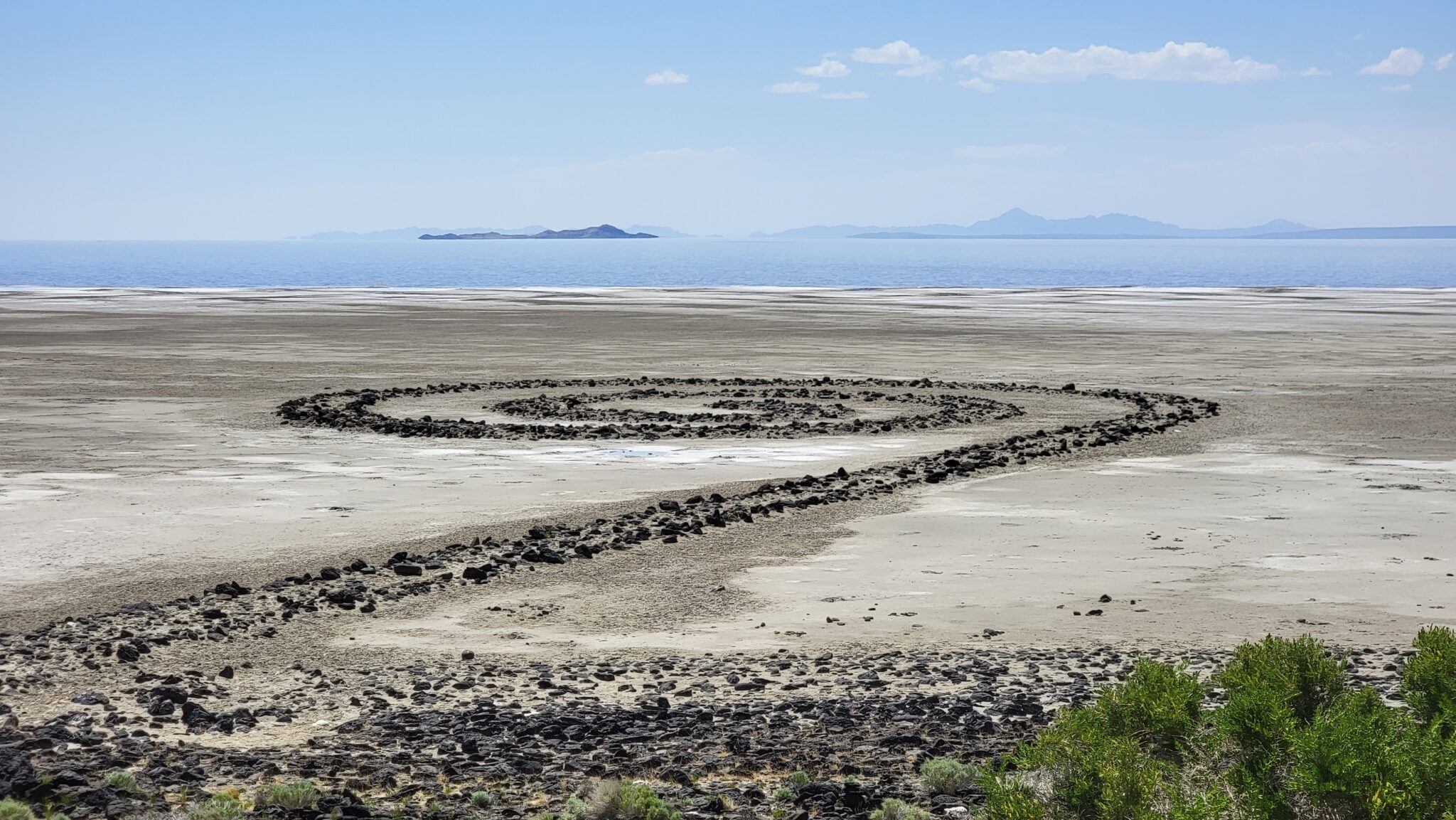
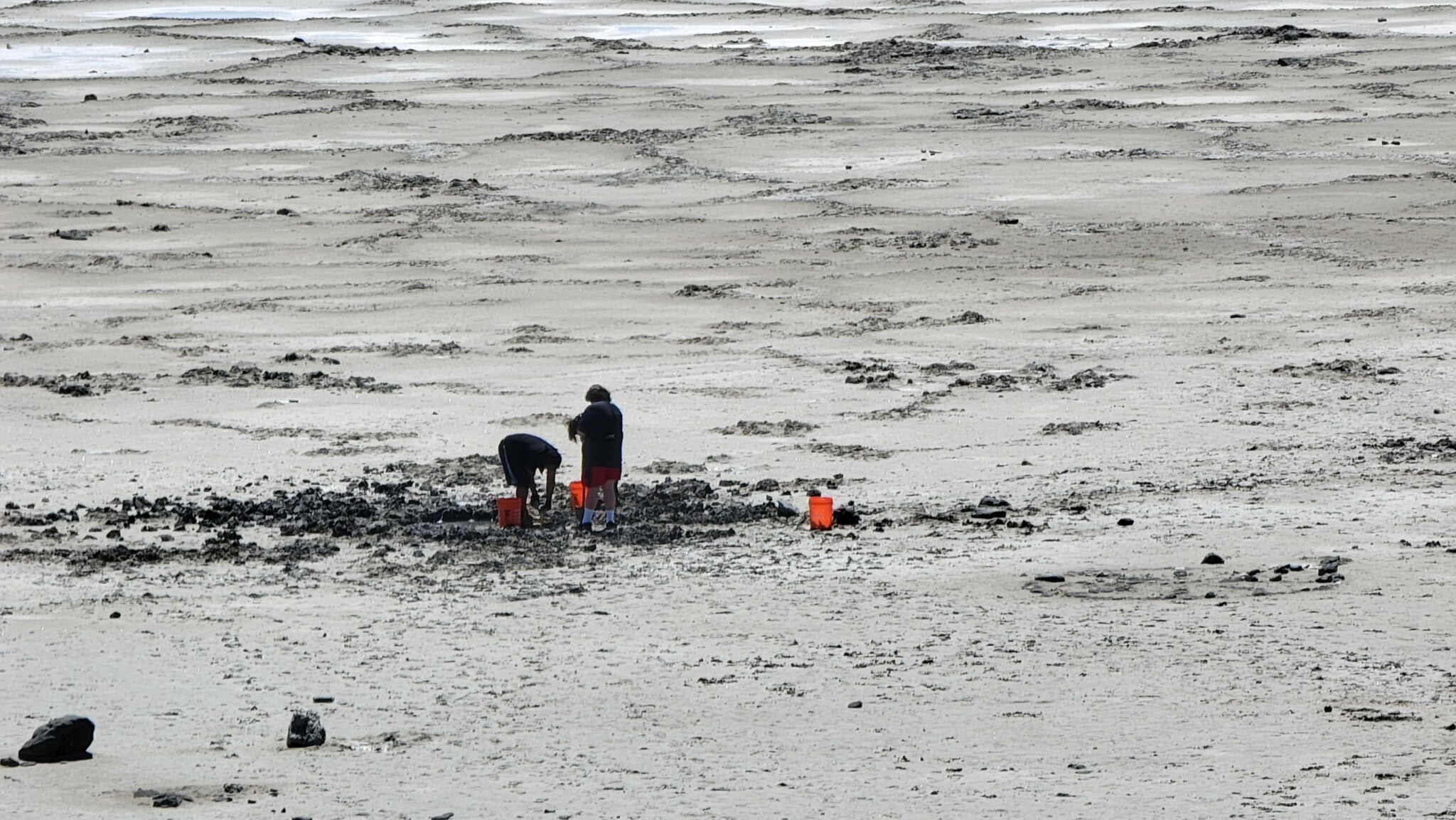
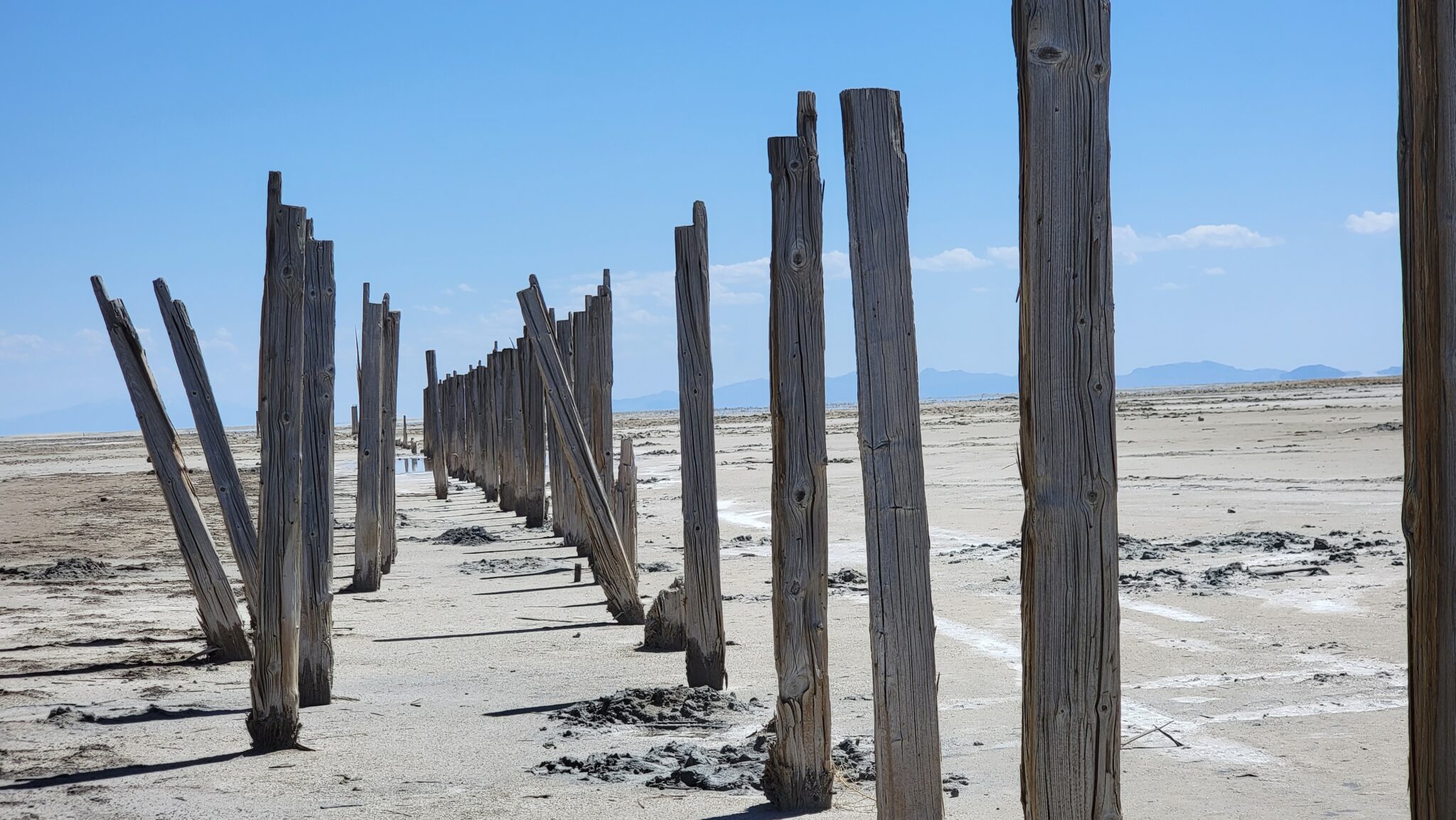
Update
On our way to Golden Spike, we passed by the Northrup-Grumman complex about which we wrote on May 16. Here’s one view of the property.
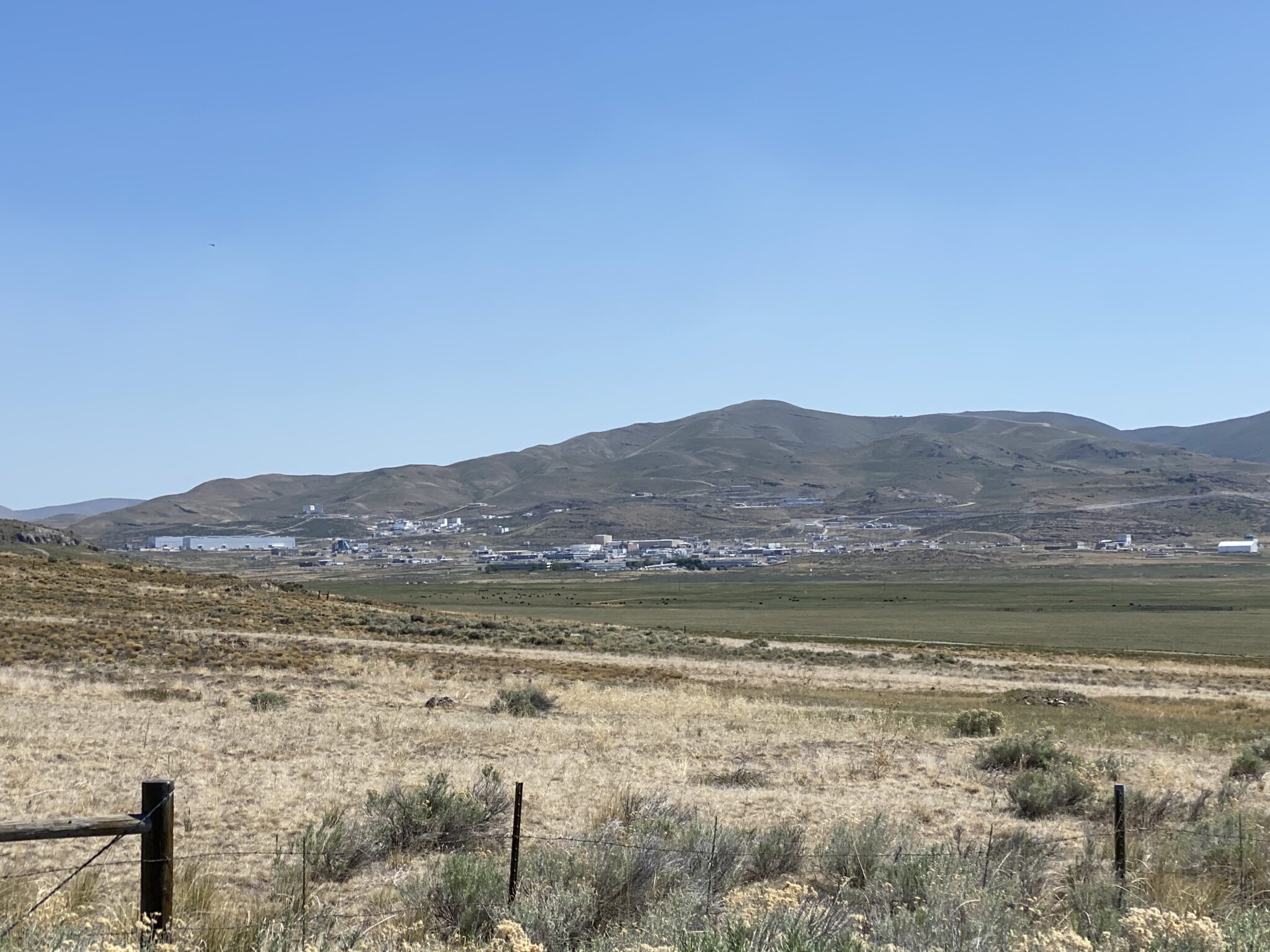
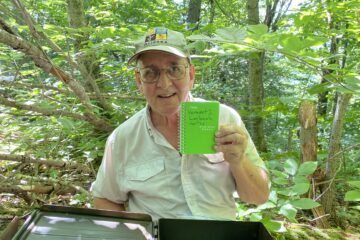
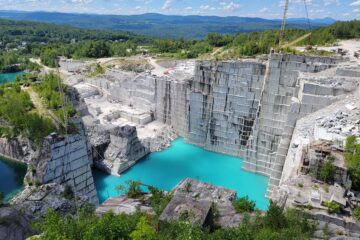
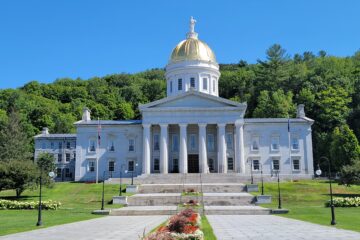
2 Comments
Alice Chapman McGregor · May 26, 2021 at 2:23 pm
You know Johnny Appleseed’s last name was Chapman. He traveled as far west as Fort Wayne, Indiana, where he is buried.
Loved the pelicans, too. I think it takes a while for former Florida residents to grasp the existence of these inland creatures!
Safe travels!
Alice Chapman McGregor
Laura · June 15, 2021 at 6:54 am
Harper is a real train enthusiast. I’ll have to this to him. Thanks for sharing.